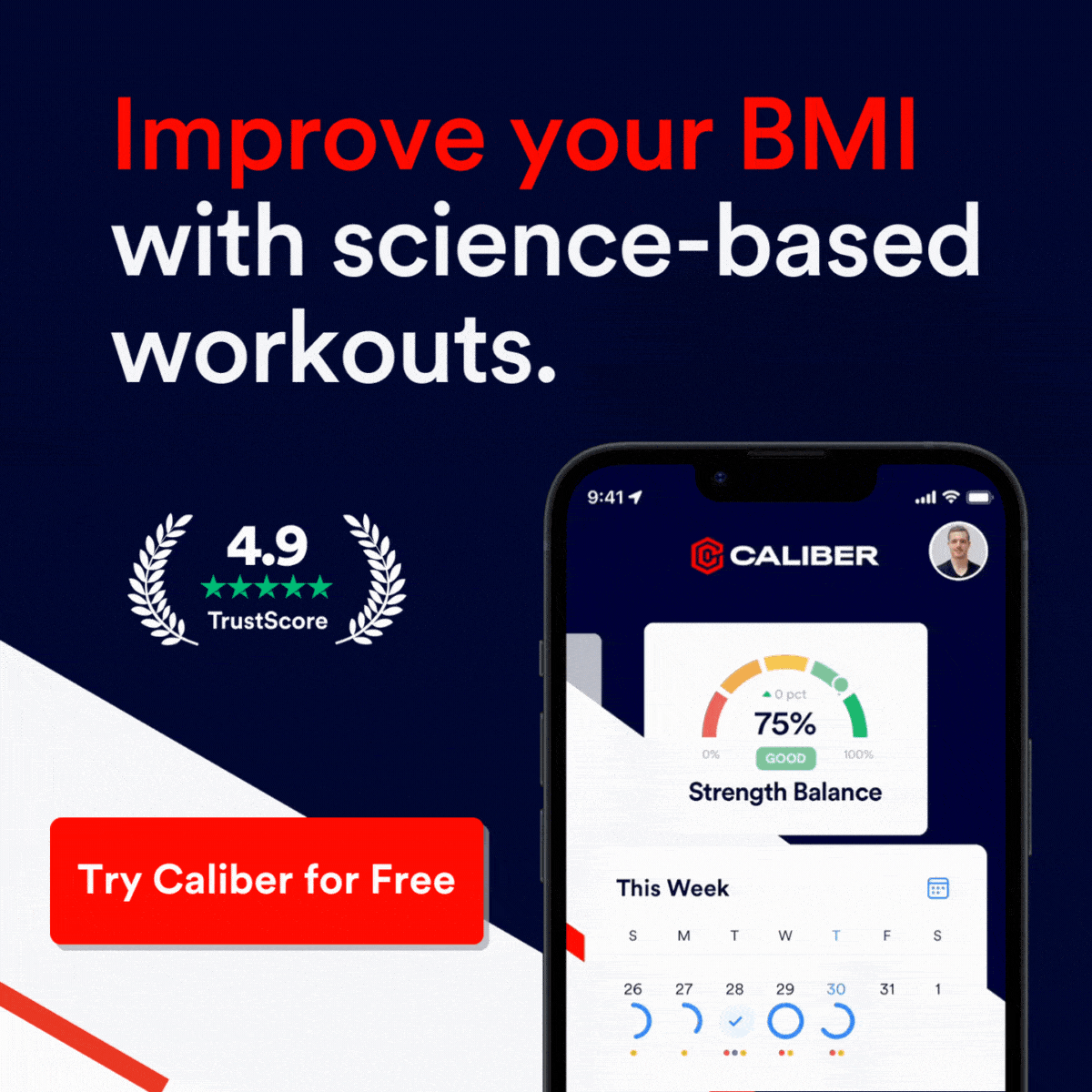Army height and weight calculator
Can you join the army? Use our BMI calculator to find out!
Height and Weight Requirements for the U.S. Military
Joining the U.S. military requires meeting specific physical standards, including height and weight requirements. These standards ensure that all recruits are fit and ready for the demands of military service. Let’s break down the key points about these requirements and other physical fitness expectations.
Height and Weight Standards
The U.S. military uses height and weight standards based on Body Mass Index (BMI). Your weight must fall within a certain range that corresponds to your height. Here’s a quick overview of the height requirements:
- Men: 58 inches to 80 inches (147 cm to 203 cm)
- Women: 58 inches to 72 inches (147 cm to 183 cm)
There isn’t a single weight limit. Instead, your weight should fit within a specific range based on your height and gender. For detailed weight ranges, you can check the charts on the official recruiting websites of each military branch.
BMI Requirements
BMI is a crucial factor in determining if you meet the military’s height and weight standards. The acceptable BMI range is:
If you don’t meet the initial weight requirements, some branches may offer programs to help you get in shape before starting basic training. Additionally, even if you meet the height and weight requirements, you might need to pass a body fat percentage assessment.
Calculate Your Military BMI: You can use our tool on this website to check your height and weight against military BMI requirements. This will help you see if you meet the standards or if you need to make adjustments.
Physical Fitness Requirements

Apart from height and weight, recruits must pass physical fitness tests. These tests include exercises like push-ups, pull-ups, and running. The exact requirements can vary between branches and can change over time. Here’s a general idea of what to expect:
U.S. Army
- Push-ups:
- Men (17-21 years): Minimum 42 in 2 minutes
- Women (17-21 years): Minimum 19 in 2 minutes
- Running:
- Men: 2-mile run in 15:54 minutes
- Women: 2-mile run in 18:54 minutes
U.S. Navy
- Push-ups:
- Men (17-19 years): Minimum 51 in 2 minutes
- Women (17-19 years): Minimum 24 in 2 minutes
- Running:
- Men: 1.5-mile run in 12:15 minutes
- Women: 1.5-mile run in 14:45 minutes
U.S. Marine Corps
- Push-ups (optional, if not doing pull-ups):
- Men (17-26 years): Minimum 42 in 2 minutes
- Women (17-26 years): Minimum 19 in 2 minutes
- Pull-ups:
- Men: Minimum 3 (max 23 for 100 points)
- Women: Minimum 1 (max 12 for 100 points)
- Running:
- Men: 3-mile run in 28:00 minutes (minimum) or 18:00 minutes (maximum score)
- Women: 3-mile run in 31:00 minutes (minimum) or 21:00 minutes (maximum score)
U.S. Air Force
- Push-ups:
- Men (17-29 years): Minimum 33 in 1 minute
- Women (17-29 years): Minimum 18 in 1 minute
- Running:
- Men: 1.5-mile run in 13:36 minutes
- Women: 1.5-mile run in 16:22 minutes
U.S. Coast Guard
- Push-ups:
- Men (17-29 years): Minimum 29 in 1 minute
- Women (17-29 years): Minimum 15 in 1 minute
- Running:
- Men: 1.5-mile run in 12:51 minutes
- Women: 1.5-mile run in 15:26 minutes
Top 3 Items That Can Help You Pass the Test
- Pull-up Bar
There's no better way to improve at pull-ups than simply doing them. If you don't have an outdoor workout area nearby and don't want to pay for a gym membership just to use a pull-up bar, the easiest solution is to have a simple bar that fits most door frames.PRODUCT NOT FOUND AP-21
- Resistance Bands - Your Path to the First Pull-Up
If you struggle to do even a few pull-ups, resistance bands are a great way to progress easily. You can start with the strongest band (or multiple bands) that allows you to do 5+ pull-ups. This helps you focus on technique and gets you into a rep range that will grow your muscles the fastest. Your goal is to gradually add repetitions and use weaker bands until you can perform pull-ups without assistance. Remember, learning good technique—especially ensuring your chin is above the bar at the end—is crucial to passing the test, especially when you get tired.PRODUCT NOT FOUND AP-22
- Good Running Shoes
If you want to improve your running, you will need to run regularly. Good shoes can make running easier on your joints and help with your running technique. Make sure your shoes fit perfectly, because shoes that are too big or too small will become very uncomfortable after some distance and may cause blisters.PRODUCT NOT FOUND AP-23
Checking Current Standards
Physical requirements can change, so it’s important to check the latest standards on the official recruiting websites for each branch of the military:
Meeting the height, weight, and physical fitness requirements is the first step toward a rewarding career in the U.S. military. Always check the latest requirements to ensure you’re on track for your enlistment goals.
Similar tools
Check our blog

What is the ICD-10 Code for Obesity? Exploring its Meaning, BMI Criteria, and Behavioral Recommendations
Jul 3, 2024
-
by Radhika Dadhich
(Updated: Sep 8, 2024)

Balancing Act: Understanding Optimal Weight Loss and Its Health Implications
Jul 3, 2024
-
by Radhika Dadhich
(Updated: Jul 3, 2024)

Perfectly Healthy Pancakes: A Guide to Making Sweet, Nutritious Treats with Everyday Ingredients
Jun 30, 2024
-
by Radhika Dadhich
(Updated: Jul 6, 2024)
Why Vefru BMI calculator?

Data from WHO and CDC
Get accurate BMI readings based on trusted data from WHO and CDC for reliable health assessments.

Precise and Detailed Assessments
Gain detailed insights into your weight status with our precise BMI calculator, pinpointing your exact health position

Inclusive for All Ages and Genders
Our BMI calculator caters to everyone, providing inclusive assessments for kids, men, and women of all ages to support their health goals
